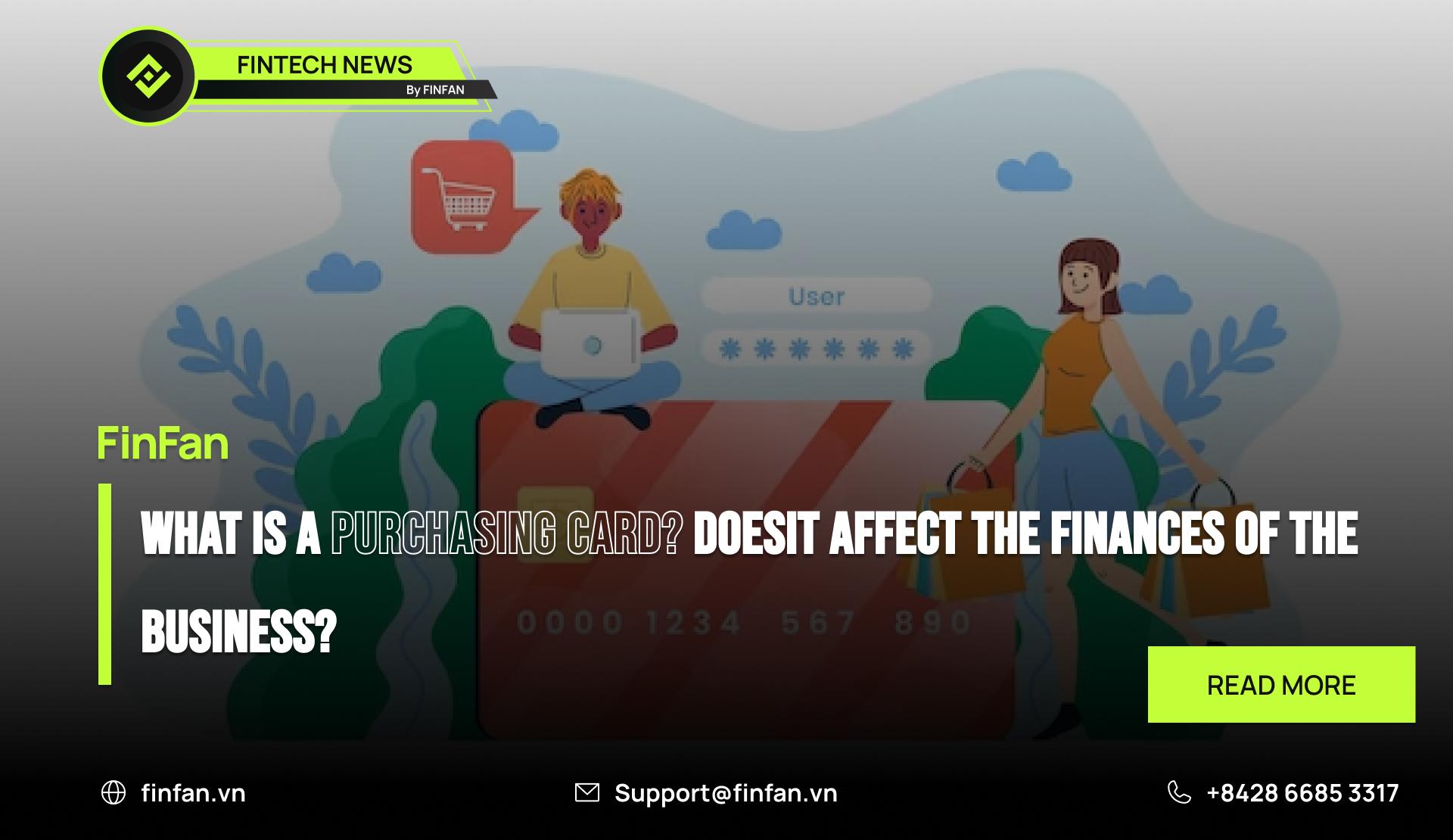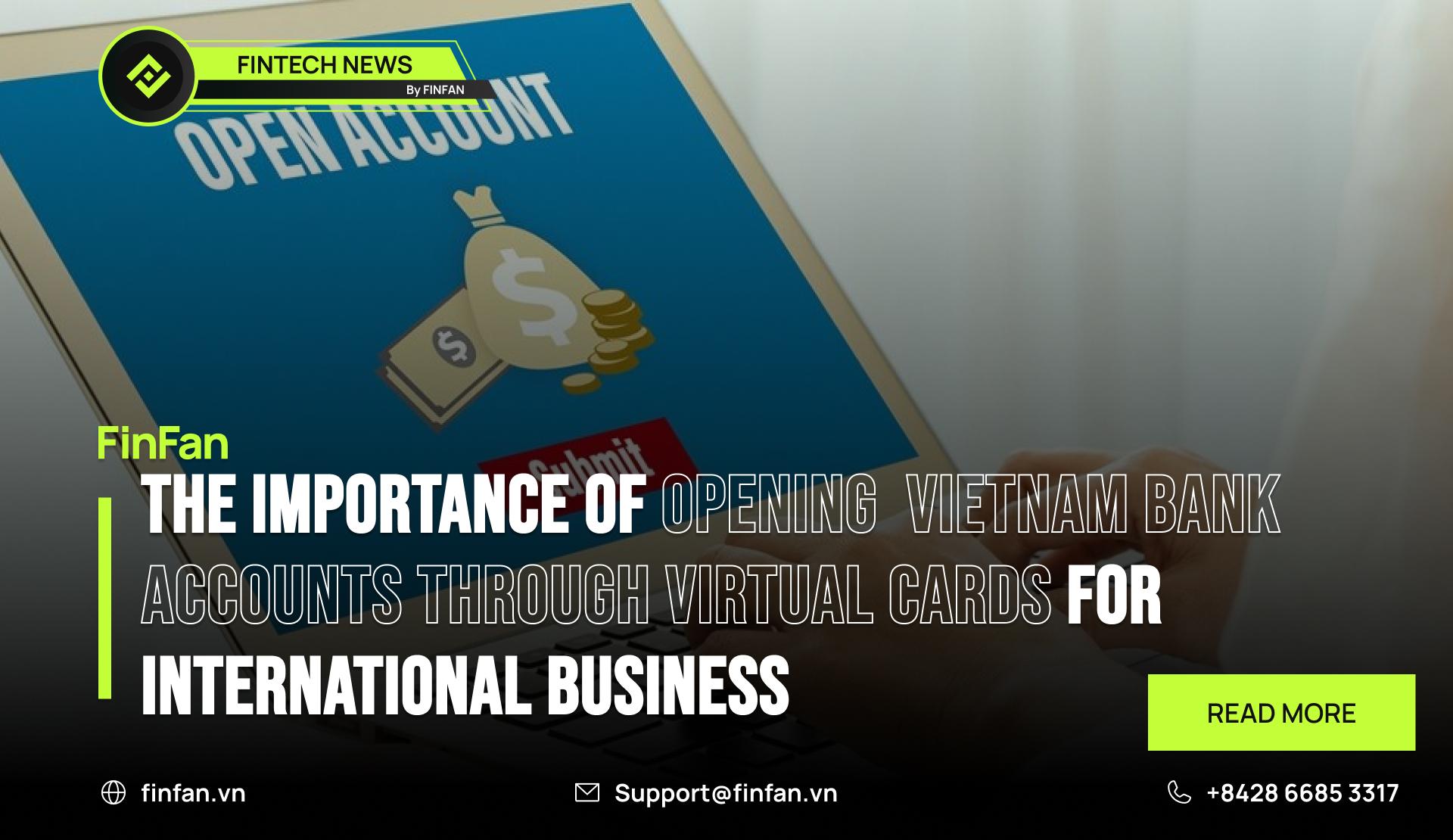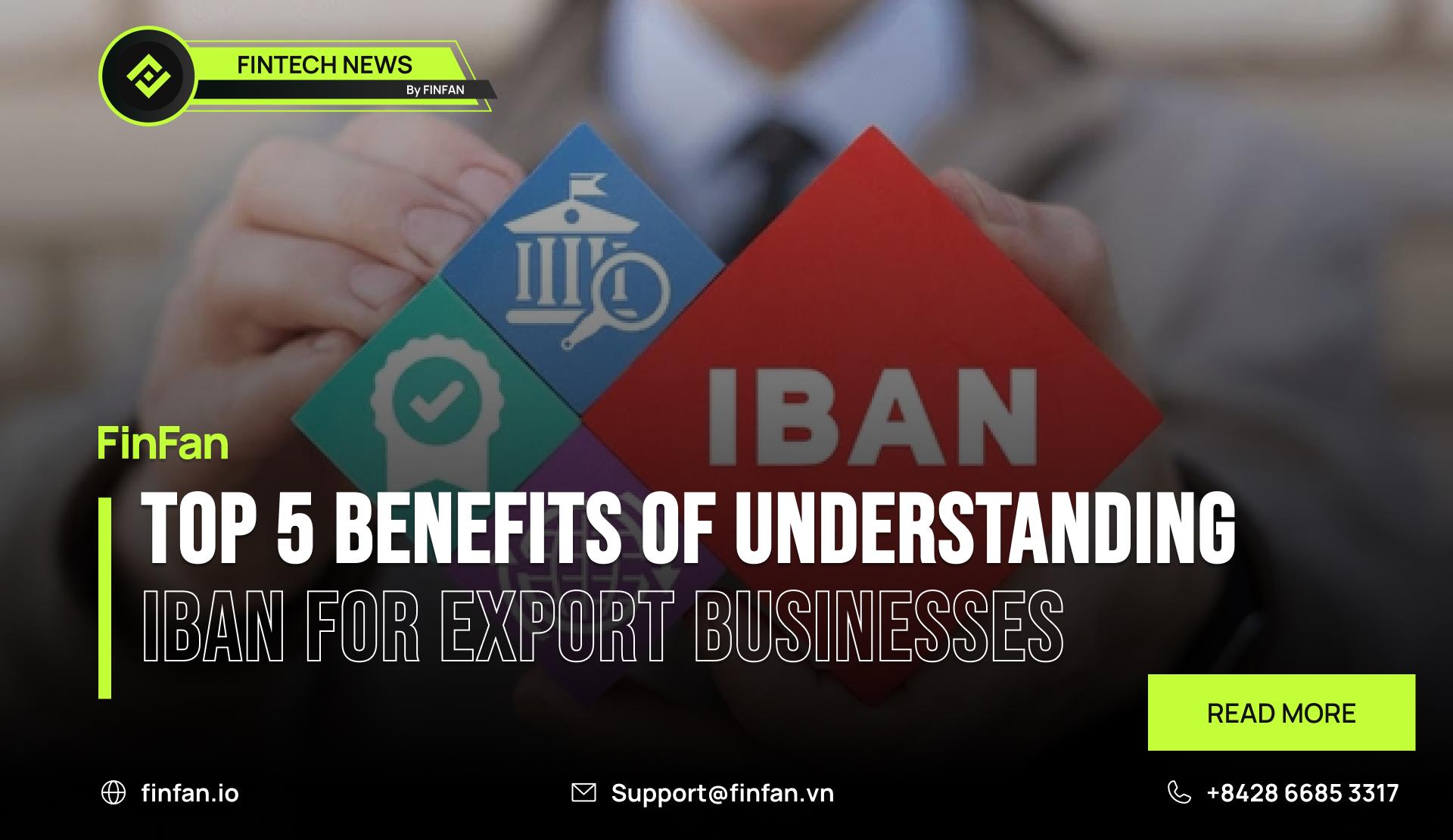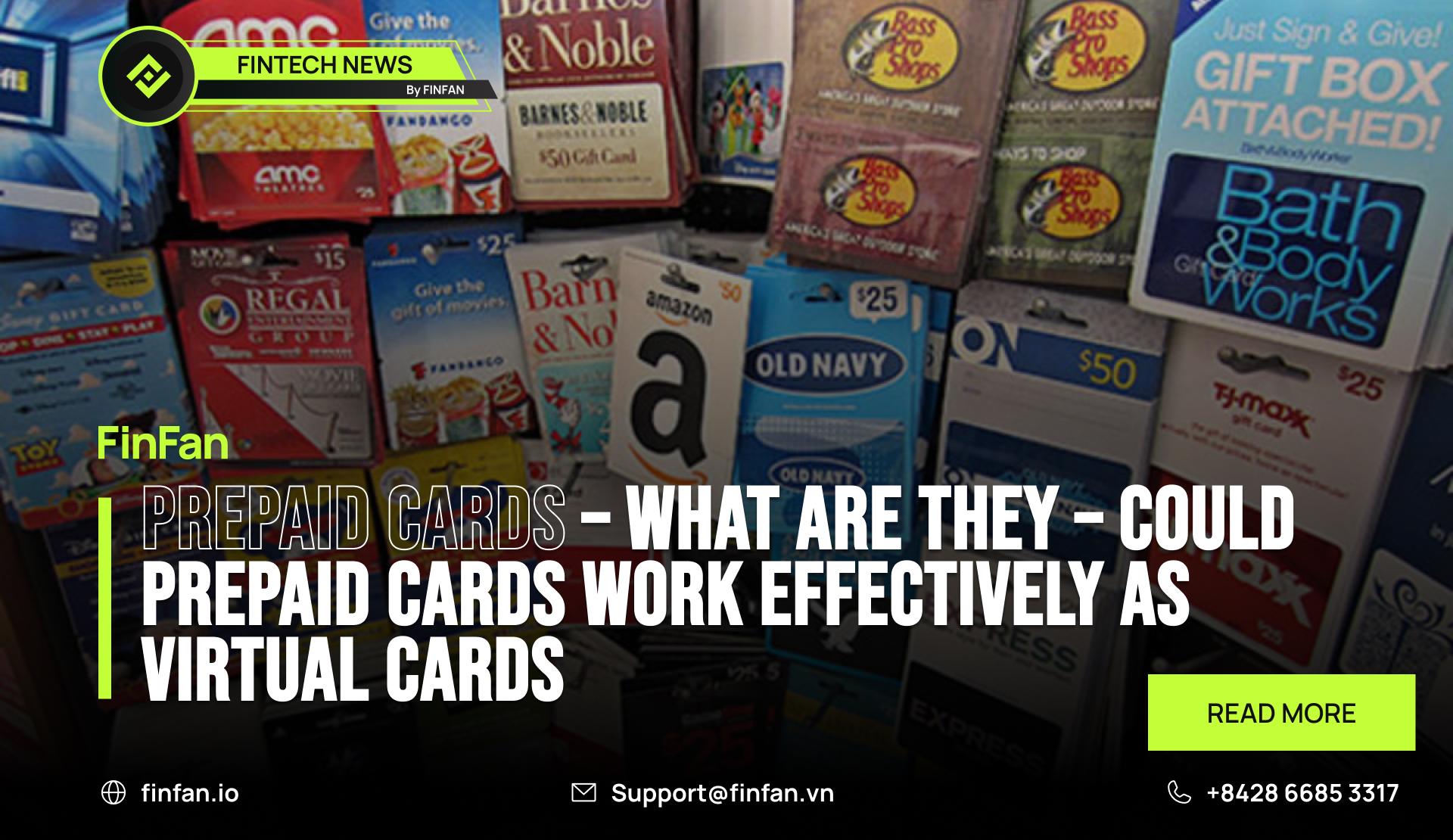What is a purchasing card - Does it affect the finances of the business

In the article about virtual cards, FinFan shares the 3 applications of virtual cards within the business life cycle. One of these is the purchasing card.
So, what purchasing card is, and how this type of virtual card affects the finances of the business. Let’s find out with FinFan in this article.
What is a purchasing card?
Purchasing card or p-card is a type of company card that employees can use for purchasing products or services on behalf of their employers without having to go through the traditional purchase request and approval process. This type of virtual card is already known by the name procurement cards.
How can businesses apply purchasing cards for themselves?
How purchasing card works
With the purchasing cards the fintech companies, that provide the cards for companies will Integrate API into the business's payment management system to activate a 4-party virtual card between the issued company, fintech company, card issuer, and bank to be able to issue a consumption limit to the business.
From there, employers can reissue virtual cards with employees so they can buy products and services for different businesses or other purposes of companies.
The difference between using a purchasing card and the normal purchasing process of companies.
Previously, when purchasing cards were introduced, junior employees, even if they wanted to buy necessary items or services, had to go through a form-filling and harsh censorship process.
This causes some special occasions to pass or some urgent products or services to not be provided on time, for example, decorating the company for Tet or buying gift boxes for partners on holidays.
Now, when you have a virtual card, all small expenses related to your business will be quickly approved on a dashboard that is integrated with API with business financial management software.
From here, employees can spend on those small expenses and the corporate financial manager still knows the cash flow spent, avoiding waste and loss for their business.
Why do companies need to integrate purchasing cards?
• Solve small costs for businesses without cumbersome paperwork.
As mentioned above, sometimes very small expenses that take place in a business still have to go through a cumbersome process and procedure for employees to be able to pay for it. With purchasing cards, sometimes employees just need to press a few buttons to buy the necessary products and services.
• Accurately manage business expenditure flows
Changing to using purchasing cards will help corporate finance managers manage the amount of money their employees spend to buy products and services; this will support controlling and avoiding financial loss in the business.
• Protect you from unauthorized charges and shady vendors.
*Since you are able to restrict where the cards can be used and how much can be spent, using p-cards can help to protect you from unauthorized charges and shady vendors. You can turn cards off after single transactions and turn them on again when they are needed.
You can also restrict how much money is available on a card. If a vendor attempts to charge money to your card for something that has not been authorized by you, the charge will be declined. Similarly, if an employee tries to buy something that you have not authorized, the card will be declined.*
*Source: Bento for business
History of purchasing card formation, why FinFan classifies it as a type of virtual card.
History of purchasing card formation
Purchasing cards began to form and appear on the market in the form of plastic cards in the 90s with the desire to change the complex payment processes of small and medium-sized businesses.
*Reality has proven that with the presence of this type of card, they reduce the use of traditional procurement payment methods, which often cost more to process than the actual cost of the item, producing efficiency savings ranging from 55-80%.
Fast forward to 2021, purchasing cards are still a great tool but are not without limitations, such as susceptibility to fraud. This has forced technology to update the traditional p-card and bring it into the digital age... enter the virtual card.*
*Source: Emily Richardson
Why FinFan classify it as a type of virtual card?
Common points of virtual card and purchasing card
In fact, virtual cards are created to manage spending and payments for businesses, they can also be used to purchase goods and services if the cardholder is issued for use with the above item.
Furthermore, if a fintech company integrates the purchasing card into the business's financial management software in the form of API integration, at this time, the purchasing card owner will also have a non-physical integrated card on this system.
Difference between purchasing card and virtual card
P-cards are a specific type of commercial charge card issued to certain employees who are expected to follow designated guidelines when purchasing goods and services.
Virtual Cards, on the other hand, offer superior data reconciliation, fraud protection, control, and compatibility with existing systems.
About FinFan
FinFan is a cross-border embedded financial services company that focuses on mass disbursement, fund collection, card processing, IBAN, and digital APMs solutions, which can provide valuable input and integration on and for the same.
FinFan is already integrated with almost the world's well-known MTOs, PSPs, switch, and core fintech platforms such as Money Gram, Thunes, Qiwi, Remitly, World Remit, Bancore, PaySend, Terrapay, Ria Money Transfer (Euronet), Dlocal, Ripple, TripleA, FoMo Pay, Wings, etc.
For more information, please get in touch with us through:
🌐https://finfan.io
📞(+84) 2866 85 3317
✉ support@finfan.vn
LinkedIn: FinFan





